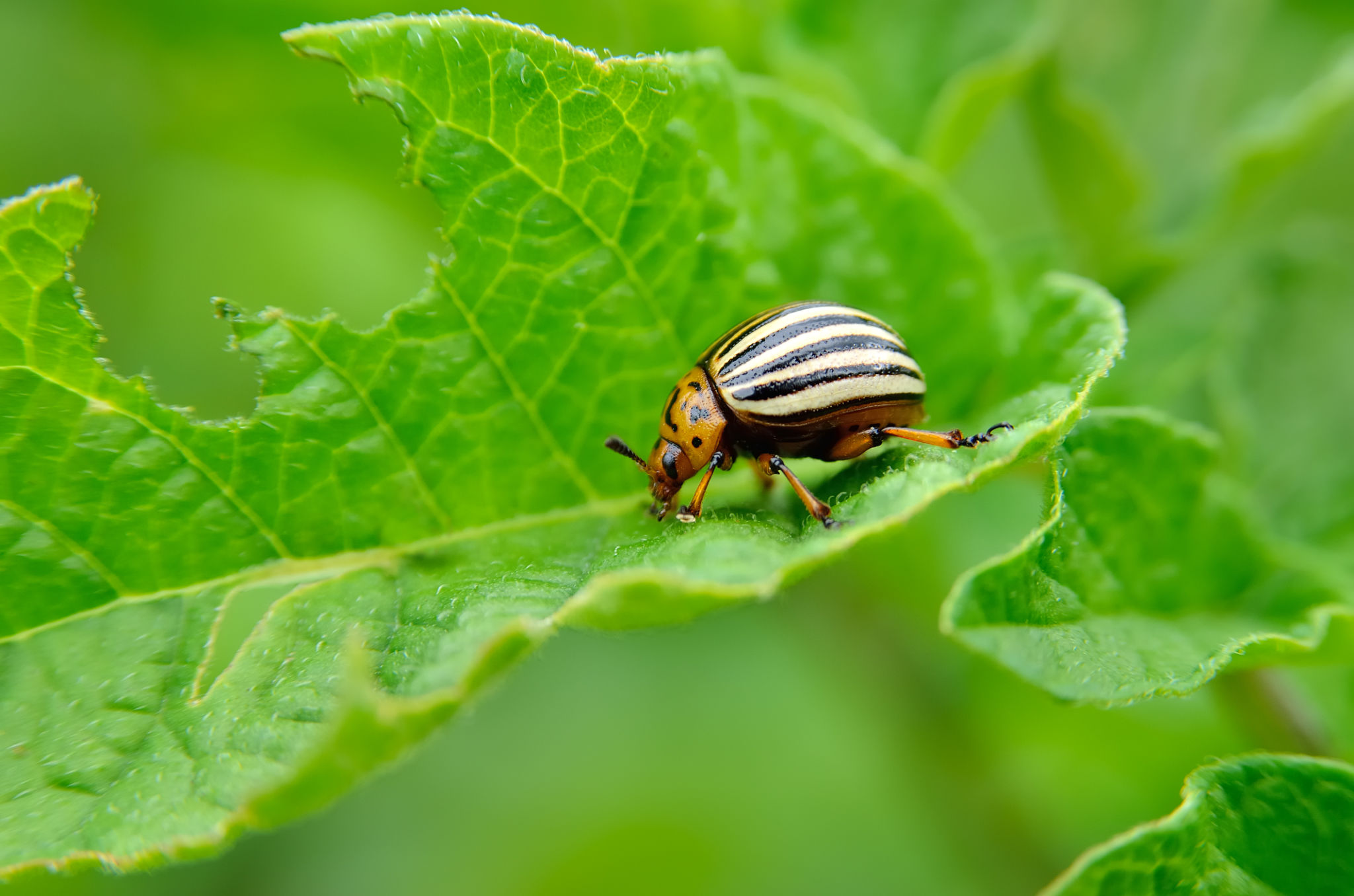Seasonal Landscaping Tips for Lancaster: Preparing Your Garden for Spring
Understanding Lancaster's Spring Climate
Preparing your garden for spring in Lancaster requires an understanding of the local climate. Spring in Lancaster is characterized by mild temperatures and moderate rainfall, which creates ideal conditions for a thriving garden. It's essential to adjust your gardening plans accordingly to make the most of the area's unique climate.
One of the first steps in preparing your garden is knowing the average last frost date, which typically falls around mid-April in Lancaster. This knowledge will help you decide when to start planting and when to protect delicate plants from any late frost surprises.

Cleaning and Preparing the Garden
As the snow melts away and temperatures start to rise, it's time to clean up your garden. Begin by removing any debris, such as fallen leaves, dead plants, and broken branches. This cleanup not only makes your garden look tidy but also prevents pests and diseases from taking hold.
Next, assess the soil quality. The cold winter months can compact soil, so it's important to loosen it up for optimal plant growth. Consider adding organic matter like compost or aged manure to enrich the soil with essential nutrients.

Planning Your Spring Planting
Spring is a great time to plan your garden layout. Decide which plants you want to grow based on their sunlight requirements and compatibility with other plants. It's also a perfect opportunity to try new varieties or experiment with companion planting techniques.
When selecting plants, consider native species that thrive in Lancaster's climate. These plants are often more resilient and require less maintenance, making them an excellent choice for both novice and experienced gardeners.

Fertilization and Watering Strategies
Proper fertilization is key to ensuring a healthy and productive garden. In spring, use a balanced fertilizer to provide your plants with the nutrients they need to grow strong roots and lush foliage. Be sure to follow the recommended application rates to avoid over-fertilizing.
Watering is equally important. As temperatures increase, your plants will require more water. Establish a consistent watering schedule, taking care not to overwater, which can lead to root rot. Consider using mulch to help retain moisture in the soil and reduce evaporation.
Pest and Disease Management
Spring can bring an array of pests and diseases eager to feast on your freshly planted garden. Regularly inspect your plants for signs of trouble such as discolored leaves or unusual spots. Integrated Pest Management (IPM) techniques can help you manage these issues effectively.
Encourage beneficial insects like ladybugs and lacewings, which naturally control pest populations. If needed, use organic pesticides as a last resort and always follow label instructions carefully.

Pruning and Maintenance
Pruning is an essential part of spring garden maintenance. Trim back any dead or damaged branches from trees and shrubs to promote healthy growth. This process not only improves the appearance of your garden but also helps prevent diseases from spreading.
Regular maintenance tasks like weeding and deadheading spent flowers will keep your garden looking its best throughout the season. These activities also encourage continuous blooming and prevent weeds from competing with your plants for resources.

Conclusion
Preparing your garden for spring in Lancaster requires careful planning and attention to detail. By understanding the local climate, cleaning up your garden, planning your planting strategy, and implementing effective maintenance practices, you can create a vibrant and thriving outdoor space that brings joy throughout the spring season.
